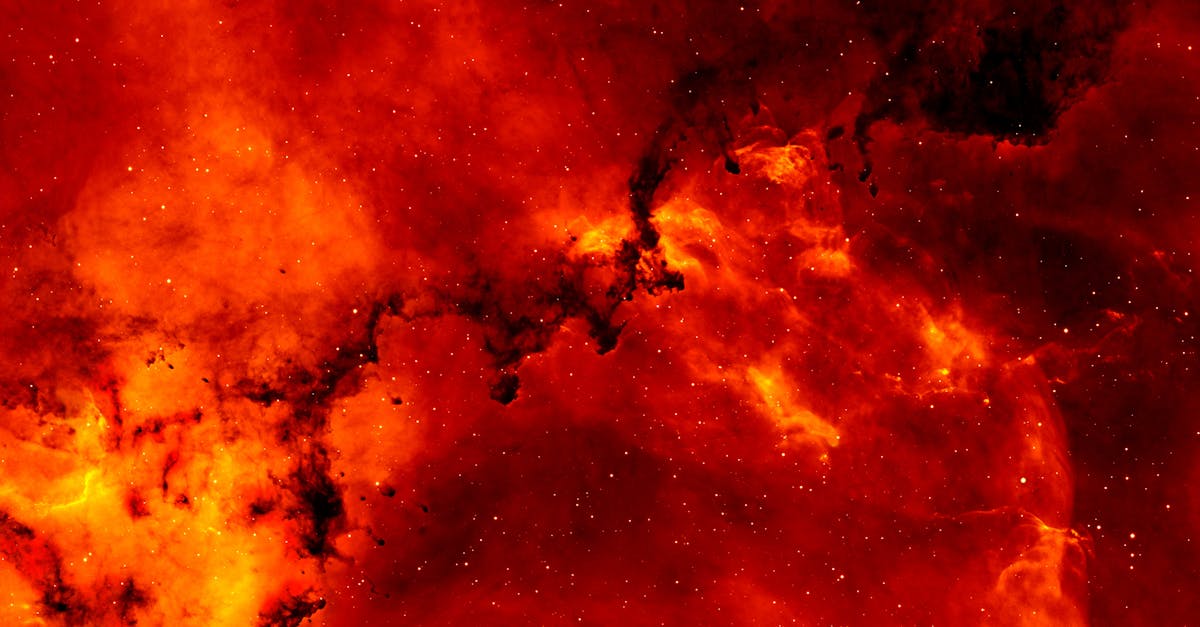The recent launch of the first satellite in the Google-backed FireSat constellation marks a significant milestone in the realm of wildfire detection and monitoring. As climate change accelerates, the frequency and severity of wildfires have become a global concern, necessitating advanced technology for early detection and management. The FireSat program aims to harness cutting-edge satellite technology to not only detect wildfires but also to provide insights that could help in preventing them altogether.
This blog post will explore the various aspects of the FireSat constellation, including its technological innovations, plans for deployment, and its potential impact on wildfire management. We’ll delve into how this project can change the landscape of environmental monitoring and safety measures.
Understanding the FireSat Technology
The FireSat satellites are equipped with advanced sensors that will capture high-resolution infrared imagery. According to Fire Technology, these sensors can detect heat signatures that are indicative of wildfires, even smoldering ones that may not be visible to the naked eye. This technology promises to detect fires within minutes of ignition, providing critical information to firefighting teams. The data will be shared with local and federal agencies to coordinate rapid response efforts.
Additionally, the satellites will gather atmospheric data such as temperature and humidity levels, which are vital for understanding fire behavior. For instance, a report by Conservation International highlights how changes in weather conditions can exacerbate wildfire outbreaks, emphasizing the importance of real-time data.
The Deployment Strategy
The FireSat project plans to deploy a total of 30 satellites in low Earth orbit over the next three years. This strategy is designed to ensure global coverage. Each satellite will be strategically positioned to monitor high-risk areas identified through statistical models of wildfire occurrence. With this proactive approach, FireSat can focus on regions most susceptible to fires, optimizing resource allocation for firefighting operations.
According to NASA, low Earth orbiting satellites can provide near-real-time data, which is crucial for timely decision-making during wildfire incidents. This capacity for quick data access is expected to significantly enhance fire management strategies.
Collaboration with Firefighting Agencies
The success of the FireSat initiative hinges on effective collaboration with firefighting agencies across the globe. By integrating satellite data with existing firefighting infrastructures, agencies can improve their operational efficiencies. As reported by the Fire Fighting News, agencies are already expressing interest in utilizing satellite data for operational planning and resource management.
Furthermore, partnerships with academic institutions will foster research into the applications of FireSat’s real-time data. Insights gained could lead to improved predictive models for wildfire behavior—a crucial step in mitigating wildfire risks.
Impact on Climate Change Mitigation
The launch of the FireSat constellation is a forward-thinking step in addressing climate change challenges. By enabling faster detection and response times for wildfires, it directly contributes to reducing carbon emissions associated with prolonged fire events. The United Nations reports that wildfires release significant amounts of carbon dioxide, exacerbating global warming.
As FireSat provides data to manage and combat wildfires more effectively, it aids in fostering a healthier environment. Understanding fire dynamics also plays a crucial role in carbon management and ecosystem restoration efforts.
Public Awareness and Engagement
Equally important is raising public awareness about wildfire risks and prevention measures. The FireSat program’s outreach initiatives aim to educate communities—especially those in fire-prone areas—about the benefits of satellite monitoring. By engaging the public, FireSat hopes to foster a culture of preparedness and resilience.
Educational programs, in partnership with local schools and universities, can help disseminate vital information regarding fire safety protocols. This proactive approach could lead to a reduction in human-caused wildfires, which are responsible for a considerable percentage of incidents.
The Future of Wildfire Monitoring
The launch of the FireSat constellation heralds a new era in wildfire monitoring. As technology evolves, we can expect continued advancements that improve our ability to predict and manage natural disasters. Future updates to the FireSat network may include augmented reality tools for training and simulations of fire scenarios.
Moreover, with increasing interconnectivity, there is potential for integrating data from various sources, including ground-based sensors and aerial surveillance systems. Such a holistic approach could revolutionize disaster management as we know it.
Conclusion
In summary, the FireSat constellation’s launch represents a pivotal moment in the fight against wildfires. With enhanced monitoring capabilities and advanced technology, we can potentially save lives and preserve ecosystems. The collaboration between technology, agencies, and communities is vital for ensuring effective implementation and maximizing impact.
As wildfires continue to pose threats worldwide, innovations like FireSat pave the way for new methodologies in detection and response. By harnessing satellite technology and fostering community awareness, we take significant strides in creating a more resilient approach to our planet’s challenges.
